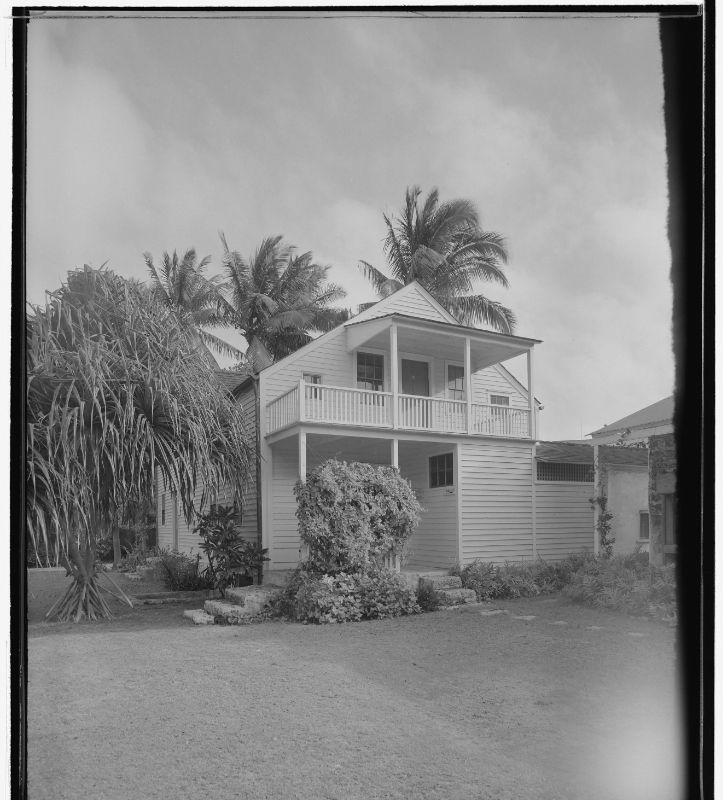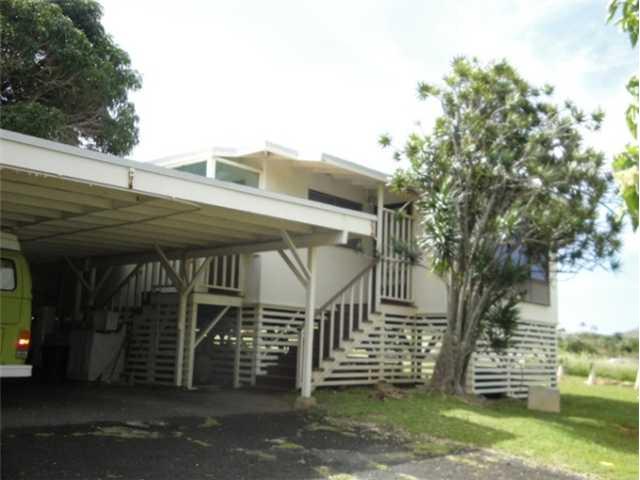“The places in the garden where I find myself lingering and staring with unsoundable pleasure are those where it looks to me as though, with the shafts of light reaching and dividing through the trees, it might be deep in the forest.” WS Merwin
“The Banyan (Ficus Indica) is indigenous to India only. I call it one of the ‘kings of the forest,’ because no other of the vegetable giants ever measured a tithe of five acres in circuit, or afforded shelter from the torrid sun at one time to one-tenth of an army of ten thousand men.”
“No one who ever spent the long noontide of an Indian day under the capacious shadow of a banyan-tree, or slept uninjured during successive nights under the protection from dews and rains of its shingled foliage, or strolled leisurely for hours along avenues and foot-paths bordered by flowering shrubs and cooled by gurgling streamlets …”
“… all within the boundaries of the repeating branches of a single tree, will be disposed to dispute the claims of the banyan to be counted as one of the three monarchs of the woods.” (Dodge, Alama News, Mar 19, 1873)
The word “banyan” comes from the Gujarati language meaning merchant. The Portuguese used the word for Hindu traders selling their wares under the shade of the tree. Then English writers adopted the word in starting in the 16th century, when “banyan” became the term for the trees themselves.
Banyan trees are unique in that they not only grow vertically, but also horizontally. Thin roots grow to the surface of the ground and then can extend forming a new trunk. Here, it can thicken and weave along the original trunk and continue to branch out. A banyan is a kind of fig tree. (Panda)
Some context to the Lahaina Banyan …
The 1806 “Haystack Prayer Meeting” by “the Brethren,” a group of several students at Williams College, Williamstown, MA is credited as the informal beginning of the American Board of Commissioners for Foreign Missions (ABCFM).
The Board was officially chartered June 20, 1812 in the Commonwealth of Massachusetts as the American Board of Commissioners for Foreign Missions. Four fields of missionary activity were identified: (a) peoples of ancient civilizations, (b) peoples of primitive cultures, (c) peoples of the ancient Christian churches, and (d) peoples of Islamic faith.
The first mission of the ABCFM was in 1813 to Marathi of western India, headquarters in Bombay. (Congregational Library) “If ever I see a Hindoo a real believer in Jesus, I shall see something more nearly approaching the resurrection of a dead body than anything I have yet seen.” (Henry Martyn, American Board in India and Ceylon, Bartlett)
“But God knows how to raise the dead. And it was on this most hopeless race, under the most discouraging concurrence of circumstances, that he chose to let the first missionaries of the American Board try their fresh zeal. The movements of commerce and the history of missionary effort naturally pointed to the swarming continent of Asia.” (Bartlett)
In 1870, the work of the American Board of Foreign Commissioners in western India was transferred to the Board of Foreign Missions. Thereafter, that field was known as the West India Mission.
In addition to the inherited station at Kolhapur, succeeding stations were opened at Ratnagiri in 1873, in Sangli in 1884, in Miraj in 1892, in Vengurla in 1900, in Kodoli in 1893, in Islampur in 1906 and in Nipani in 1910. (Gale)
The ABCFM mission to Hawai‘i …
In the Islands, over the course of a little over 40-years (1820-1863 – the “Missionary Period,”) the American Board of Commissioners for Foreign Mission (ABCFM) sent twelve Companies of missionaries – 184-missionaries; 84-men and 100-women – to the Hawaiian Islands.
By the time the Pioneer Company arrived (1820,) Kamehameha I had died (1819) and the centuries-old kapu system had been abolished, through the actions of King Kamehameha II (Liholiho, his son,) with encouragement by his father’s wives, Queens Kaʻahumanu and Keōpūolani (Liholiho’s mother.)) Keōpūolani later decided to move to Maui.
The Second Company of missionaries arrived in the Islands on April 27, 1823. “On the 26th of May (1823) we heard that the barge (Cleopatra’s Barge, or “Haʻaheo o Hawaiʻi,” Pride of Hawaiʻi) was about to sail for Lahaina, with the old queen (Keōpūolani) and princess (Nāhiʻenaʻena;) and that the queen was desirous to have missionaries to accompany her”.
“A meeting was called to consult whether it was expedient to establish a mission at Lahaina. The mission was determined on, and Mr S (Stewart) was appointed to go: he chose Mr R (Richards) for his companion … On the 28th we embarked on the mighty ocean again, which we had left so lately.” (Betsey Stockton Journal)
Keōpūolani is said to have been the first convert of the missionaries in the Islands, receiving baptism from Rev. William Ellis in Lāhainā on September 16, 1823. Keōpūolani was spoken of “with admiration on account of her amiable temper and mild behavior”. (William Richards) She was ill and died shortly after her baptism.
Commemorating the mission in Lahaina …
On April 24, 1873, while serving as Sheriff on Maui, William Owen Smith (a missionary son) planted Lāhainā’s Indian Banyan to commemorate the 50th anniversary of the first Protestant mission in Lāhainā.
Later, when not filling public office, Smith had been engaged in private law practice and was affiliated with various law firms during his long career. Smith and his firm wrote the will for Princess Pauahi Bishop that created the Bishop Estate.
As a result of this, Pauahi recommended to Queen Liliʻuokalani that he write her will for the Liliʻuokalani Trust (which he did.) As a result, Liliʻuokalani and Smith became lifelong friends; he defended her in court, winning the suit brought against her by Prince Jonah Kūhiō. (KHS)
Speaking of his relationship with the Queen, Smith said, “One of the gratifying experiences of my life was that after the trying period which led up to the overthrow of the monarchy and the withdrawal of Queen Liliʻuokalani, the Queen sent for me to prepare a will and deed of trust of her property and appointed me one of her trustees”. (Nellist)
Smith was also a trustee of the Bernice Pauahi Bishop Estate from 1884-1886 and 1897-1929, the Lunalilo Estate, the Alexander Young Estate and the Children’s Hospital.
Back to the Lahaina Banyan …
The tree was apparently a gift from the missionaries in India to the missionary descendants in Hawai‘i; it was about 8-feet when it was planted.
After settling in, the tree slowly sent branches outward from its trunk. From the branches, a series of aerial roots descended towards the earth. Some of them touched the ground and dug in, growing larger until eventually turning into trunks themselves.
Over the years, Lahaina residents lovingly encouraged the symmetrical growth of the tree by hanging large glass jars filled with water on the aerial roots that they wanted to grow into a trunk. In time, what was once a small sapling matured into a monumental behemoth. (Lahaina Restoration Foundation)
Today, shading almost an acre of the surrounding park and reaching upward to a height of 60 feet, this banyan tree is reportedly the largest in the US.
Its aerial roots grow into thick trunks when they reach the ground, supporting the tree’s large canopy. There are 16 major trunks in addition to the original trunk in the center.
Other notable Banyans in Hawai‘i include the Indian Banyan tree on the mauka side of the Iolani Palace grounds. The tree was a gift from Indian Royalty to King Kalākaua. Reportedly, Queen Kapiʻolani planted the tree there. Cuttings from the tree were planted at each end of Kailua Bay in Kona.
Starting on October 24, 1933, notable politicians, entertainers, religious leaders, authors, sports figures, business people, adventurers and local folks planted Banyans along Hilo’s Walk of Fame.
Filmmaker Cecil B DeMille was in Hilo filming scenes for ‘Four Frightened People.’ The Hilo Park Commission asked him and some of the actors from the film (Mary Boland, William Gargan, Herbert Marshall’s wife (Edna Best Marshall) and Leo Carillo) to plant trees to commemorate their visit. (Pahigian)
Shortly after (October 29, 1933,) George Herman ‘Babe’ Ruth added a tree; he was in town for an exhibition baseball game against the Waiākea Pirates. In an earlier game in Honolulu, “Babe Ruth hit the first ball pitched to him for a home run when the visiting major league players defeated the local Wanderers here yesterday, 5 to 1.” (UP, El Paso Herald, October 23, 1933)
Initially, eight trees were planted in October 1933; there have been over 50-trees planted at what is now known as Banyan Drive on the Waiākea peninsula, traditionally known as Hilo-Hanakāhi.
At the time, Banyan Drive was a crushed coral drive through the trees. Forty trees were planted between 1934 and 1938, and five more trees were planted between 1941 and 1972. In 1991, a tree lost to a tsunami was replaced. (Hawaiʻi County)



























